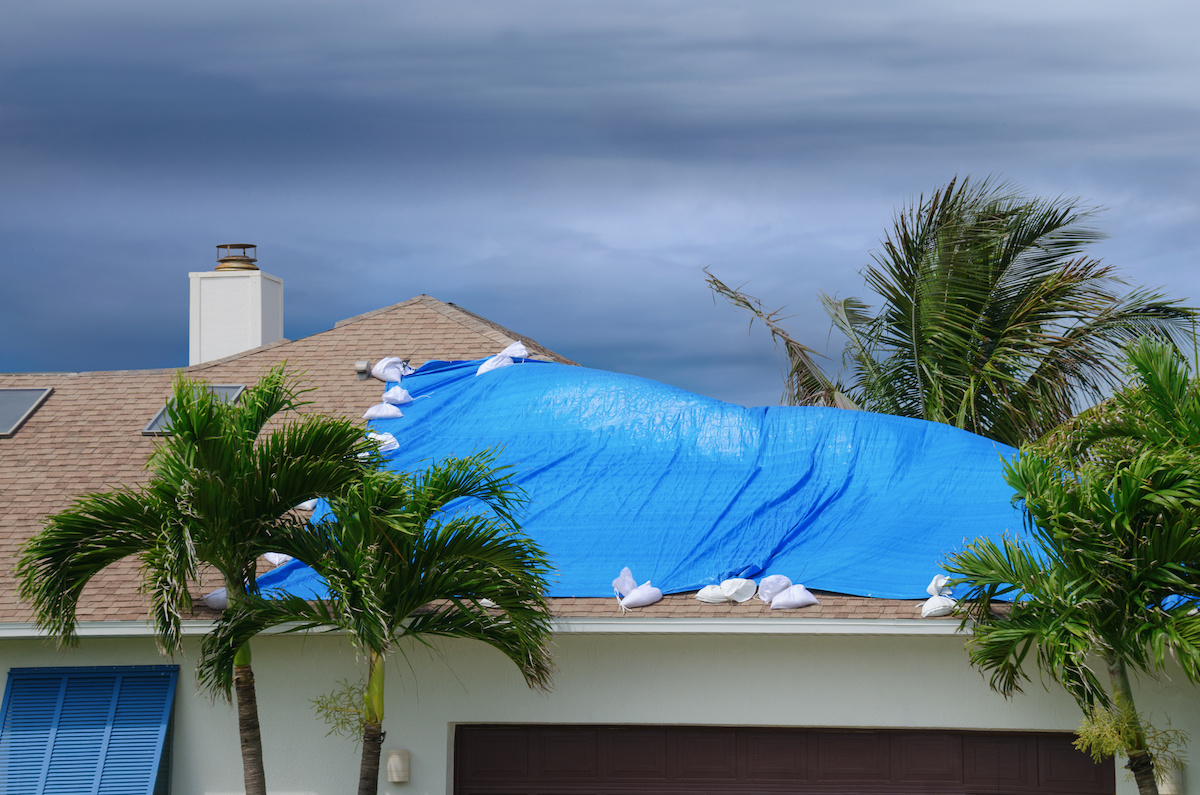Hurricane Beryl’s Impact on Jamaica’s Infrastructure

Hurricane beryl in jamaica – Hurricane Beryl left a trail of destruction in its wake as it passed through Jamaica, causing widespread damage to roads, bridges, and other infrastructure. The economic consequences of these damages are significant, with communities struggling to recover and rebuild.
While Hurricane Beryl rages through Jamaica, unleashing its fury, a different kind of storm is brewing on the tracks. NASCAR legend Ned Jarrett , known for his fearless driving and unmatched determination, is gearing up for the race of his life.
But amidst the thunderous roar of engines, the echoes of Beryl’s wrath remind us of the relentless forces of nature that we must navigate, both on and off the track.
Extent of Damage
Hurricane Beryl’s high winds and heavy rains caused significant damage to Jamaica’s infrastructure. Roads were washed out, bridges collapsed, and buildings were destroyed. The damage to roads and bridges has made it difficult for communities to access essential services, such as food, water, and medical care. The destruction of buildings has left many people homeless and without a place to live.
Hurricane Beryl’s fury battered Jamaica, leaving behind a trail of devastation. Amidst the turmoil, a beacon of resilience emerged in the form of Shohei Ohtani , the Japanese baseball sensation who inspired hope and unity. His exceptional skills on the mound and at the plate resonated with Jamaicans, reminding them of the indomitable spirit that would guide them through this storm and rebuild their shattered communities.
Economic Consequences
The economic consequences of Hurricane Beryl’s damage to Jamaica’s infrastructure are far-reaching. The cost of repairing and rebuilding damaged infrastructure will be significant, diverting resources from other important areas of the economy. The damage to roads and bridges has disrupted transportation and trade, leading to losses for businesses and increased prices for consumers. The destruction of buildings has also resulted in job losses and reduced tax revenues for the government.
Community Impact
Hurricane Beryl’s impact on Jamaica’s infrastructure has had a devastating impact on communities across the island. The damage to roads and bridges has made it difficult for people to get to work, school, and other essential services. The destruction of buildings has left many people homeless and without a place to live. The economic consequences of the damage are also being felt by communities, with businesses closing and job losses.
Humanitarian Response to Hurricane Beryl in Jamaica
In the aftermath of Hurricane Beryl, local authorities and aid organizations swiftly mobilized to provide immediate assistance to affected communities in Jamaica. The focus of the humanitarian response centered around providing shelter, food, and medical aid to those displaced and in need.
Challenges in Providing Assistance
The humanitarian response faced several challenges, including the widespread damage to infrastructure, which hindered access to affected areas. Communication networks were disrupted, making it difficult to coordinate relief efforts and locate those in need. Additionally, the destruction of homes and displacement of families presented challenges in providing adequate shelter.
Shelter and Food Provision
Temporary shelters were established in schools, community centers, and other public buildings to accommodate the displaced population. Aid organizations worked tirelessly to provide food, water, and other essential supplies to those in need. Mobile kitchens were deployed to distribute hot meals, and food distribution centers were set up to ensure that affected communities had access to sustenance.
Medical Assistance
Hurricane Beryl caused injuries and health concerns among the affected population. Medical teams were deployed to provide first aid and treatment to those in need. Mobile clinics were established to reach remote areas, and hospitals were equipped with additional supplies and staff to handle the influx of patients.
Long-Term Recovery Plans, Hurricane beryl in jamaica
In the long term, recovery plans focused on rebuilding infrastructure, providing financial assistance to affected families, and implementing measures to enhance disaster preparedness. The government allocated funds for housing repairs, road reconstruction, and the restoration of essential services. International aid organizations also provided support for these recovery efforts.
Lessons Learned from Hurricane Beryl in Jamaica

Hurricane Beryl, which made landfall in Jamaica in July 2022, exposed areas where the country’s disaster preparedness and response can be improved. The storm highlighted the need for more robust early warning systems, effective evacuation protocols, and strengthened resilience to future hurricanes.
Early Warning Systems and Evacuation Protocols
The early warning systems in Jamaica were generally effective in providing timely alerts about the approaching hurricane. However, there were some areas where improvements can be made. For example, the warnings did not reach all communities in a timely manner, and some residents were not aware of the evacuation protocols.
The evacuation protocols were also not fully effective. Some residents were reluctant to evacuate, and others did not have access to transportation. As a result, many people were left vulnerable to the storm’s impacts.
Strengthening Resilience to Future Hurricanes
In order to strengthen resilience to future hurricanes, Jamaica needs to invest in a number of areas. These include:
- Improving early warning systems
- Developing more effective evacuation protocols
- Investing in disaster preparedness and response
- Building more resilient infrastructure
- Educating the public about hurricane preparedness
By taking these steps, Jamaica can reduce the risks associated with future hurricanes and protect its people and property.